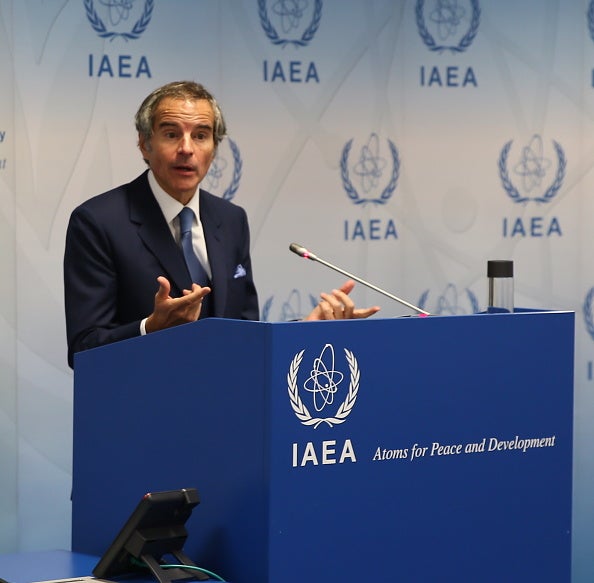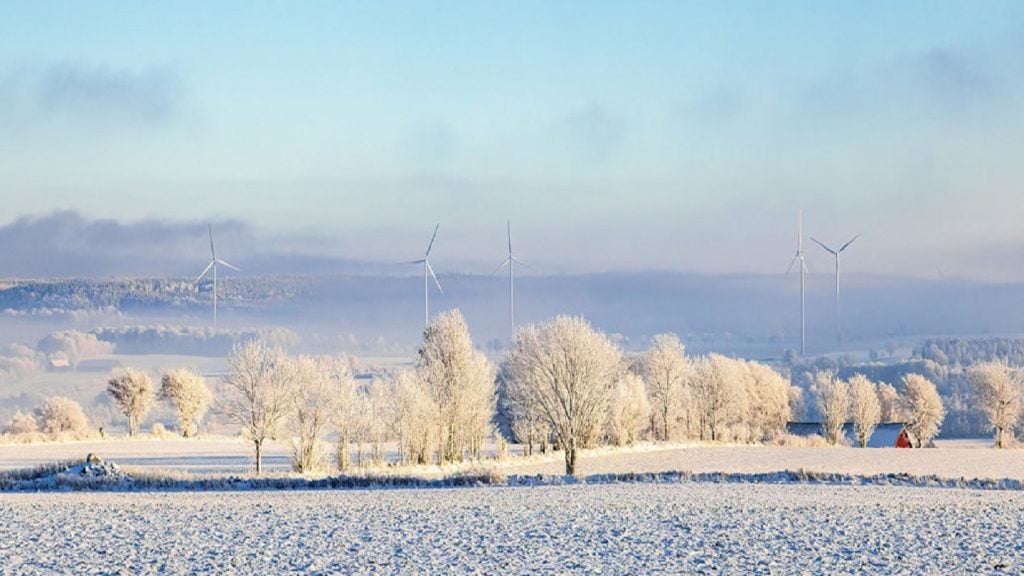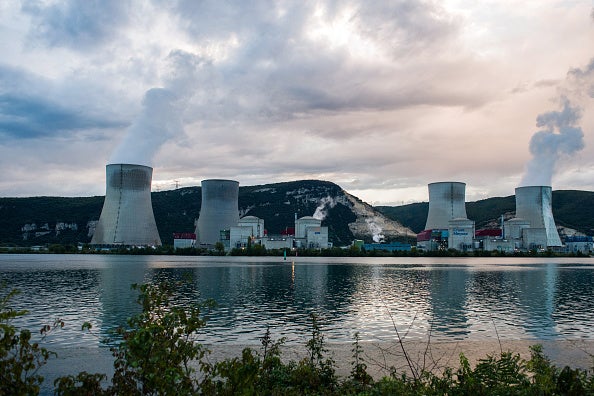Last year saw CO₂ emissions levels from the global energy sector rise again despite a record increase in the rollout of renewables, according to new IEA analysis.
However, the increase rate was lower than in 2022 even as worldwide energy demand increased, the IEA’s latest annual CO₂ emissions report found. Emissions increased by 410 million tonnes, or 1.1%, in 2023. This is compared with a rise of 490 million tonnes the year before, taking them to a record level of 37.4 billion tonnes.
Extreme droughts caused a shortfall in hydropower in China, the US and several other countries last year. This accounted for more than 40% of the total rise in emissions, according to the IEA, with countries turning to fossil fuels to plug the gap.
Without this “unusually low” hydropower output, global CO₂ emissions from electricity generation would have declined last year, making the overall rise in energy-related emissions significantly smaller.
The continued expansion of solar photovoltaic (PV), wind, nuclear power and electric cars helped further reduce dependence on fossil fuels. Without this increased uptake of clean energy technologies, global CO₂ emissions over the past five years would have been three-times higher than they are currently, the IEA’s analysis shows.
“The clean energy transition has undergone a series of stress tests in the last five years – and it has demonstrated its resilience,” IEA executive director Fatih Birol said. “A pandemic, an energy crisis and geopolitical instability all had the potential to derail efforts to build cleaner and more secure energy systems.
“Instead, we have seen the opposite in many economies. The clean energy transition is continuing apace and reining in emissions – even with global energy demand growing more strongly in 2023 than in 2022. The commitments made by nearly 200 countries at COP28 in Dubai in December show what the world needs to do to put emissions on a downward trajectory.” He added that focus must now fall on enabling developing countries to ramp up their clean energy sectors.
From 2019 to 2023, growth in clean energy was twice as large as that of fossil fuels. The IEA’s analysis shows that the deployment of clean energy technologies in the past five years has significantly limited increases in demand for fossil fuels, providing the opportunity to accelerate the energy transition this decade.
Deployment of clean energy technologies in China continued to surge ahead as it added as much solar PV capacity in 2023 than the rest of world combined in 2022. However, its progress was hindered by the hydropower crisis, with overall emissions increasing by approximately 565 million tonnes last year.















